Robert Triggs / Android Authority
Smartphones have become the lifeline of our professional and personal lives, and we usually use them for emergencies, too. We understand how frustrating it can be to have smartphones dying in the middle of the day, when you most need them. But did you know some apps are specifically known for being huge battery hogs? Some of them are very common ones, too! In this post, we will go over the top battery-draining apps and how to tackle them to improve battery life. Obviously there are other things besides app that can cause battery drain, so be sure to check out our guide exploring why a smartphone battery might be draining faster than normal.
Why do some apps drain your battery faster?
There are multiple reasons why some apps kill your battery faster than others. Let’s go over some of the main ones.
Constant usage and resource-intensive apps
An app may be using too much energy because you’re simply using it too much. Any app will become a battery hog if you’re running it all day long. Some apps might not even be too resource intensive, but they sure are addictive. Think apps you can use for hours on end, such as Facebook, Instagram, etc.
What you’re consuming also makes a big difference. Of course, viewing an endless amount of photos and watching videos will utilize more resources than sending text messages. Likewise, playing a game with stunning graphics will obliterate any battery in no time. These games usually take your devices to their limits, and so much performance comes at a price.
Another reason why apps you use constantly can become big battery drainers is that they also keep your display on for long periods. If you’ve ever checked your Battery usage statistics you’ll notice the screen is usually the top culprit.
Background data
Some applications work day and night to gather information, give timely notifications, collect data, and more. It’s part of what makes smartphones so magical and convenient, but having apps doing something in the background all the time will equate to a battery life cut down.
![]()
Robert Triggs / Android Authority
Location services
Any app that uses location services will drain your battery at unusual rates. Your phone takes advantage of multiple technologies to grab your location. These include your internet connection, cellphone tower triangulation, and GPS. The latter is the biggest battery drainer. If you’re constantly using Navigation, ride-sharing services, or any other app that needs your location, these are likely killing your battery faster than usual.
Too many notifications
Is one of your apps constantly sending you notifications? This is a major battery hog. Not only does this mean the application is doing a lot of work in the background, but push notifications also activate your screen all the time and possibly entice you to use your device much more often.
Widgets
Apps often offer handy widgets to access and interact with information from the home screen. Think of these as small windows into an app, which you can quickly access from your home screen. They’re convenient, but widgets are known for draining energy. Keeping widgets active requires a lot of updating and background work.
The top 10 common battery-draining apps
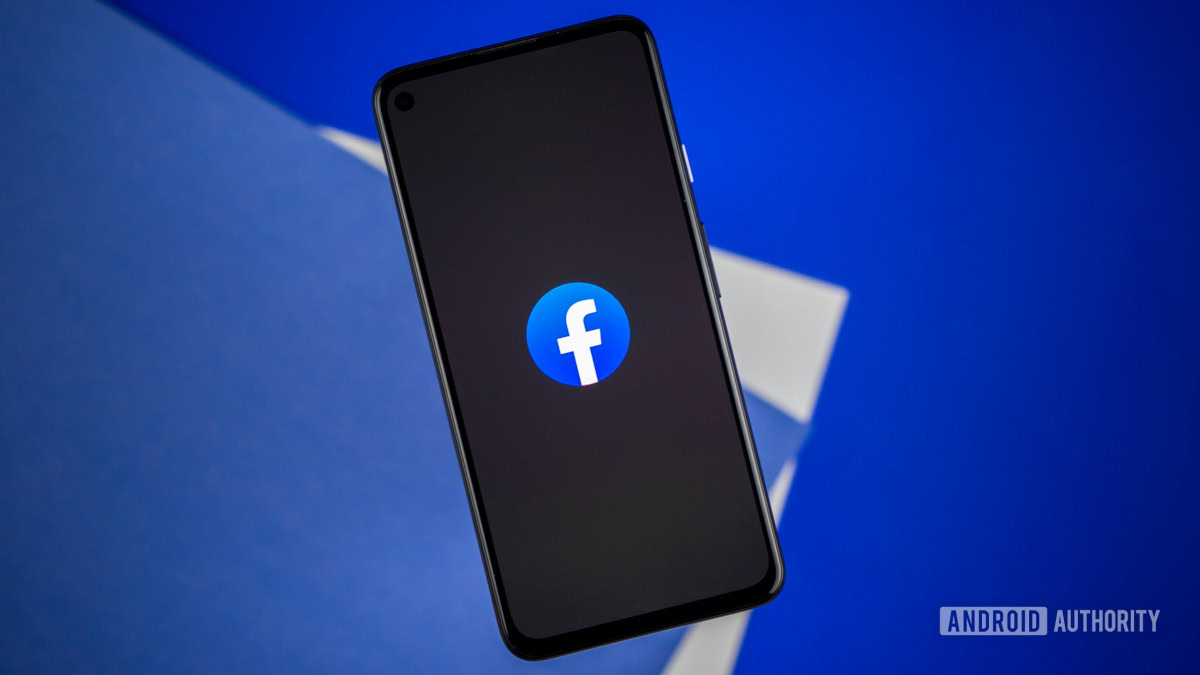
Edgar Cervantes / Android Authority
Facebook, the king of social media, has a lot going on within its app. It has become a central hub for most of our communications, and the app has plenty to offer. Some features include the Feed (of course), Stories, Reels, Marketplace, Events, Memories, Groups, Pages, Dating, Gaming, and much more. Facebook is doing a lot in the background too, and many of its features access your location and camera, two giant battery hogs. Not to mention it’s a very addictive app you can get lost in for hours.
Facebook Messenger
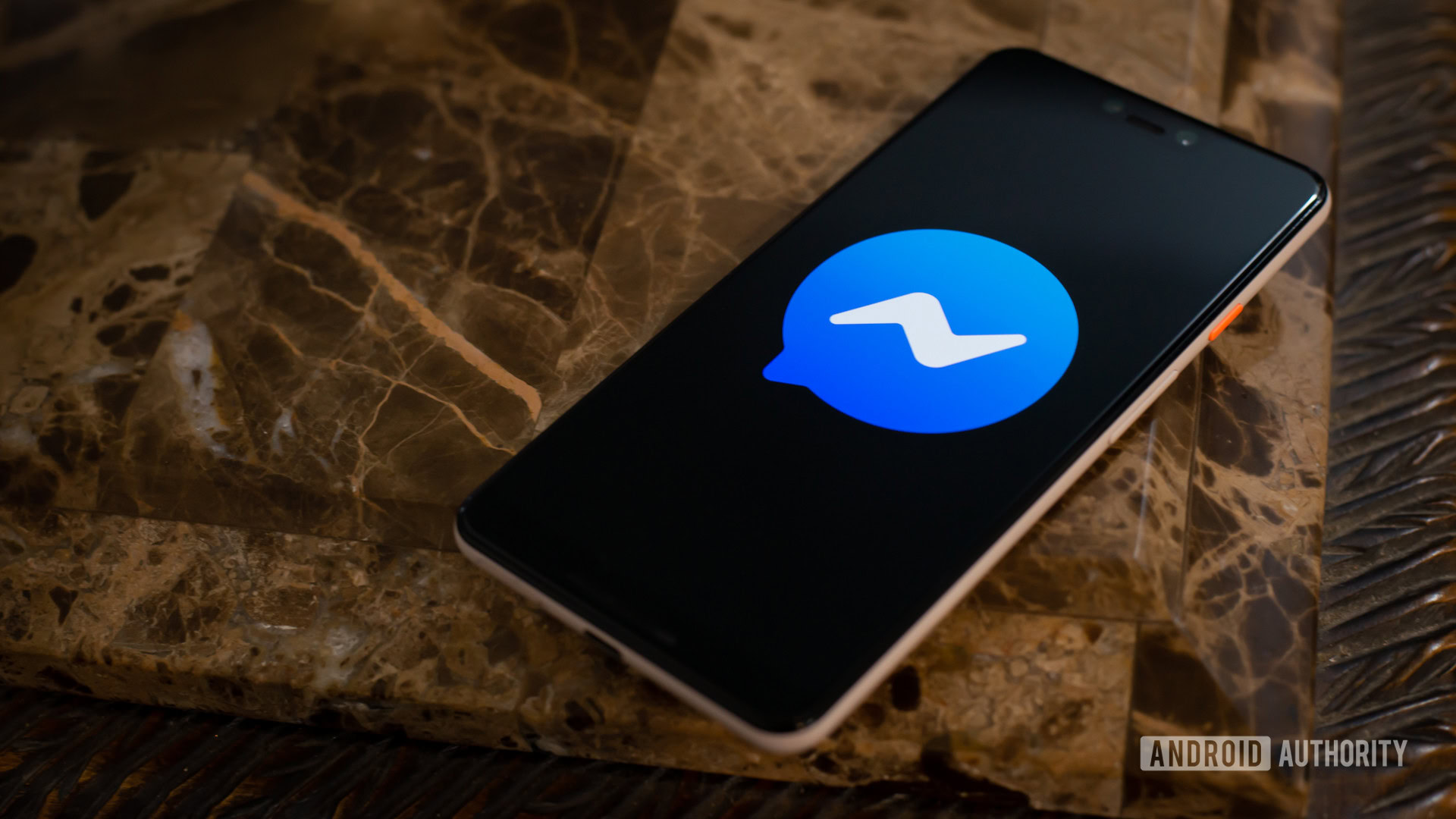
Edgar Cervantes / Android Authority
You wouldn’t think a messaging app would drain your battery too much, but Facebook Messenger can do much more than simple text communications. You can use voice messages, video calling, audio calls, share files, use it as your stock SMS app, and more. Additionally, it’s an extension of your Facebook experience, and it has access to Stories and other main Facebook features. Not to mention some of its capabilities require location services. All of these features make it a pretty resource-intensive app.
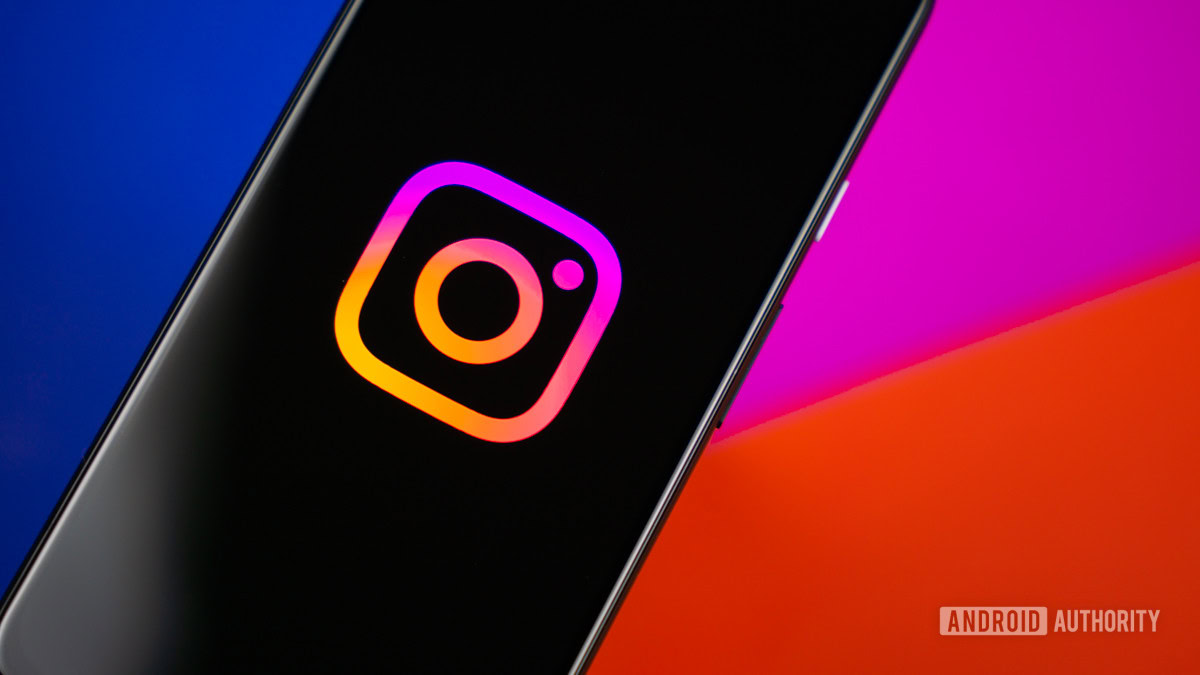
Edgar Cervantes / Android Authority
Instagram is all about consuming images and videos; a lot of them. You’ll likely be watching for a long time, too, and Instagram is known for aggressively pre-loading content so it can keep up with fast scrollers. These factors make Instagram one of the apps that drain your batteries faster than others. Additionally, Instagram relies on location services to provide a localized experience.
Snapchat
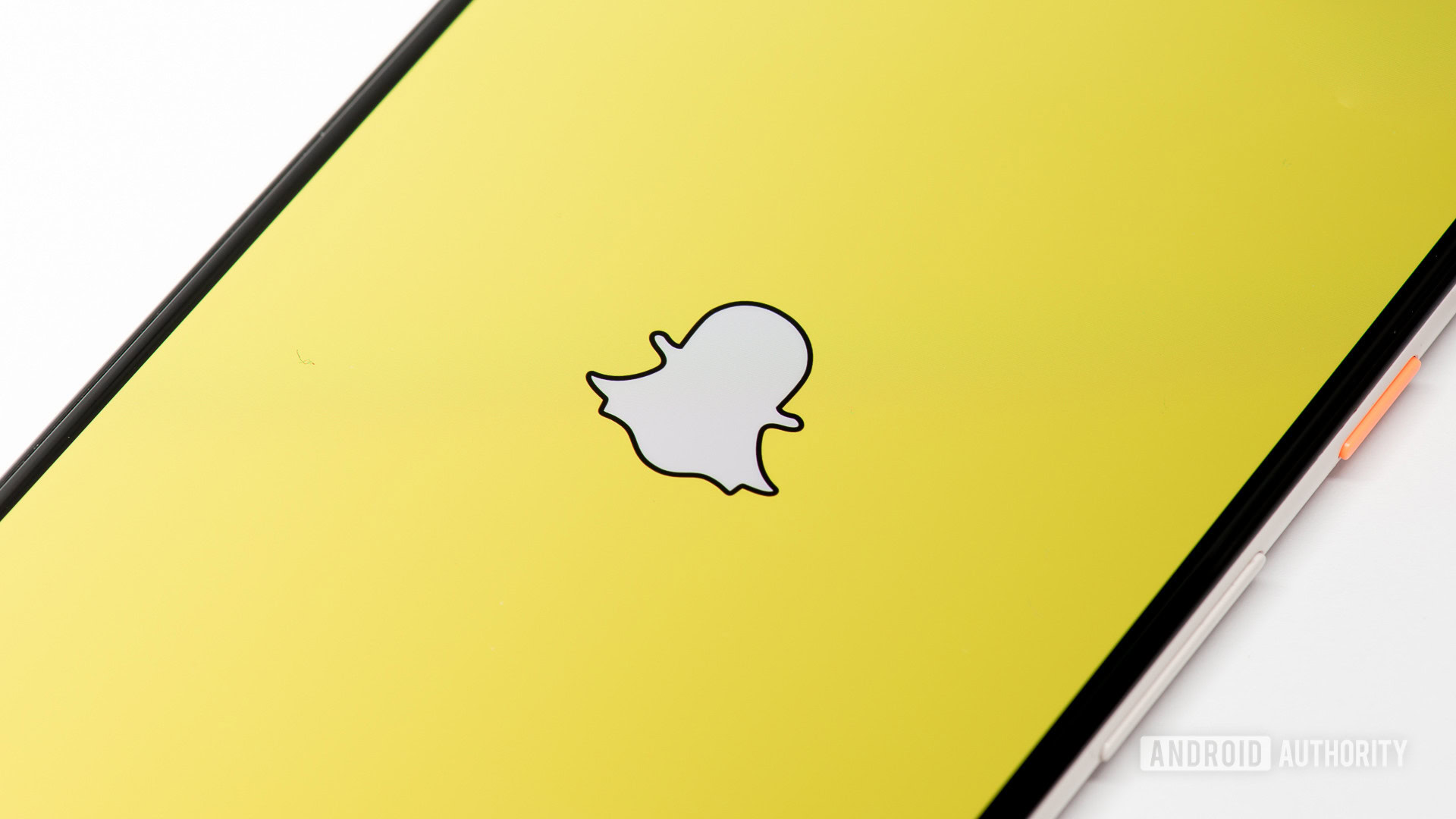
Edgar Cervantes / Android Authority
As you can see, social networking and chatting apps are a large percentage of the top battery-draining apps. Snapchat is not the exception. This one is especially harsh on your battery because it seems to tick all the boxes. It’s addictive, so you’re using it for long periods. The app is also very photo/video focused and heavily uses location services. While a very private messaging app, Snapchat won’t keep your privacy safe for long, as it’s known to kill batteries quickly.
Fitbit
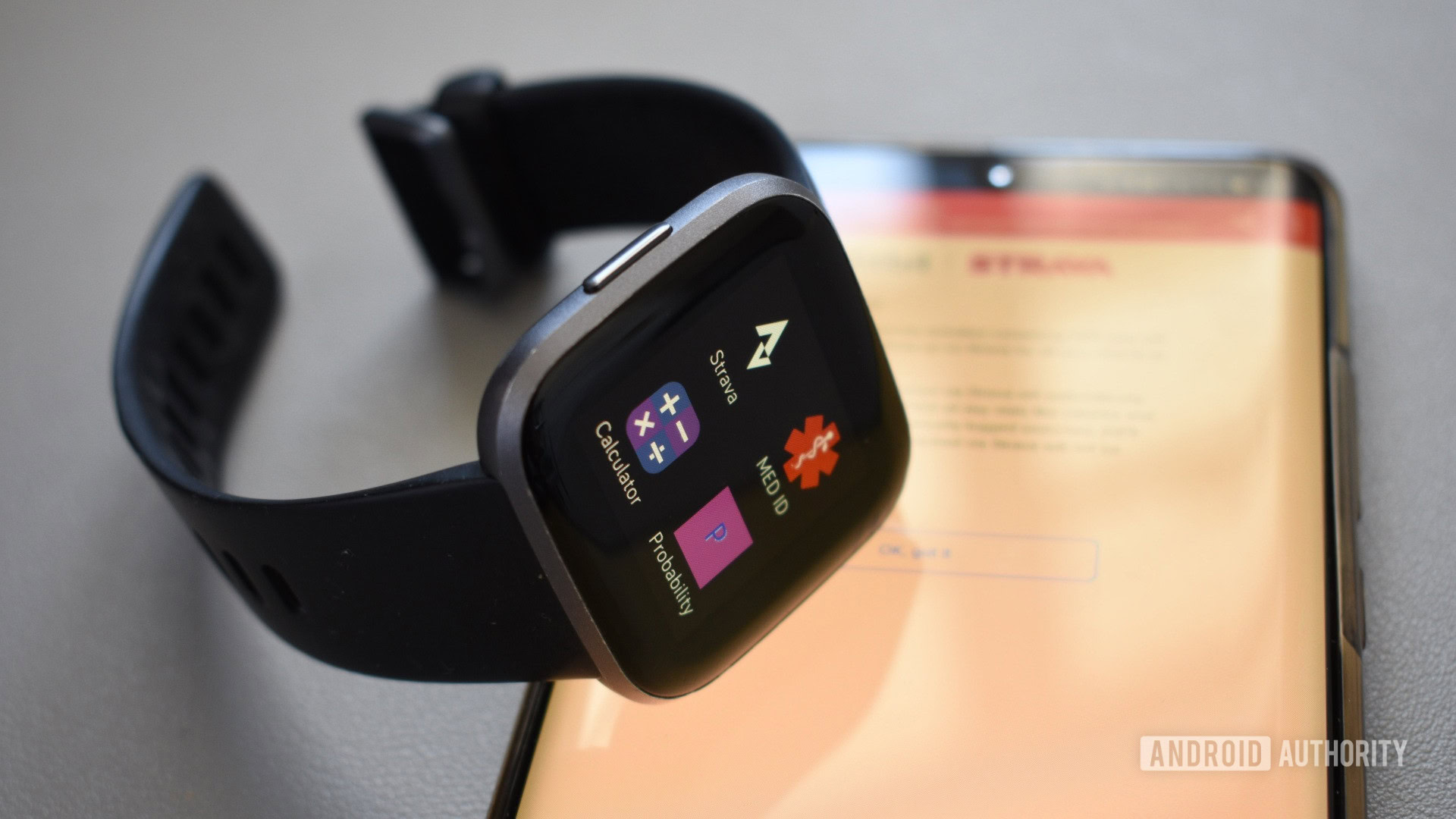
Andy Walker / Android Authority
The Fitbit app has been known to be a huge battery-draining application. It seems to beat every other app on this list, with plenty of reports claiming it demands unreasonable resources. Additionally, a pCloud report claims it is the top most demanding app in existence. Why could this be, though? It’s just a smartwatch/activity tracker app.
The thing is, Fitbit trackers and watches rely on the app for all communications. The amount of activity can really stack up depending on how many of Fitbit’s services or supported apps you use. The device is likely already counting your steps, monitoring your sleeping, tracking other activities, and taking care of other apps. It’s doing this day in and day out in the background. Additionally, it uses location services.
YouTube
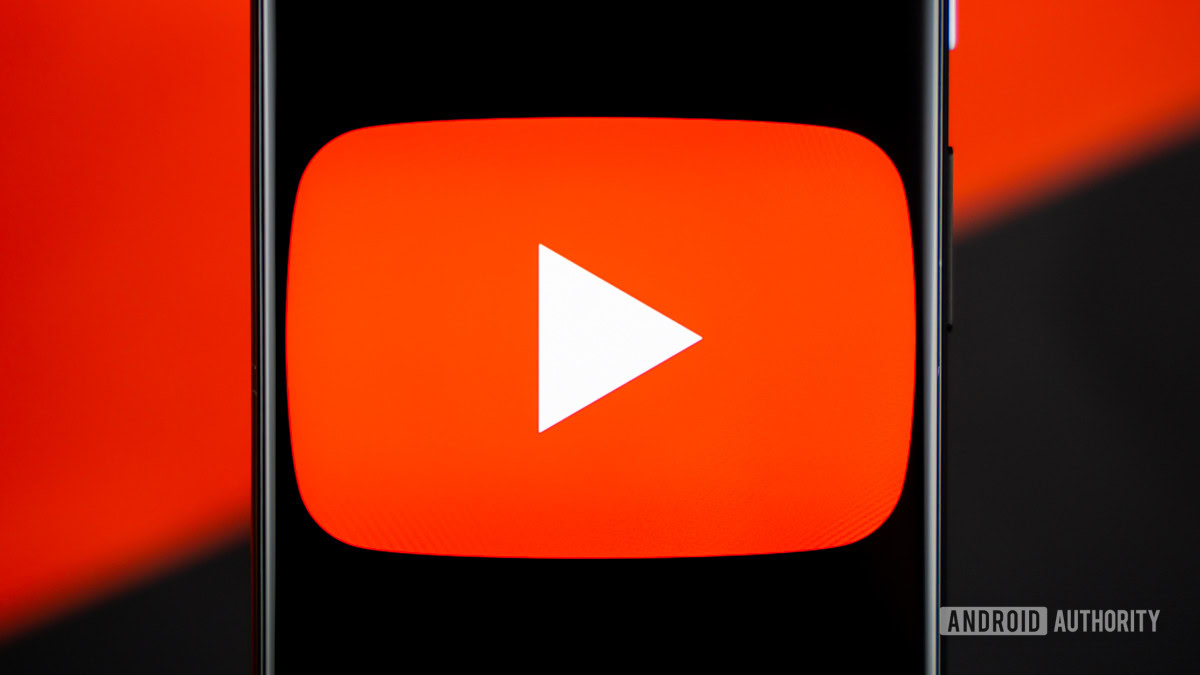
Edgar Cervantes / Android Authority
YouTube is one of the most significant battery drainers around, but it’s not really killing your phone for no reason. Most of what it does, it does so when you’re actually using the app. YouTube constantly downloads videos, which demands a lot of data, especially if you’re streaming in higher definitions. Additionally, it’s an app you typically open and watch for a while, leaving the screen on for more extended periods. Screens use a lot of battery power!
Arguably, though, the same applies to pretty much any streaming service out there. You’ll run across the same issues with Netflix, HBO Max, Disney Plus, and all the others.
Skype
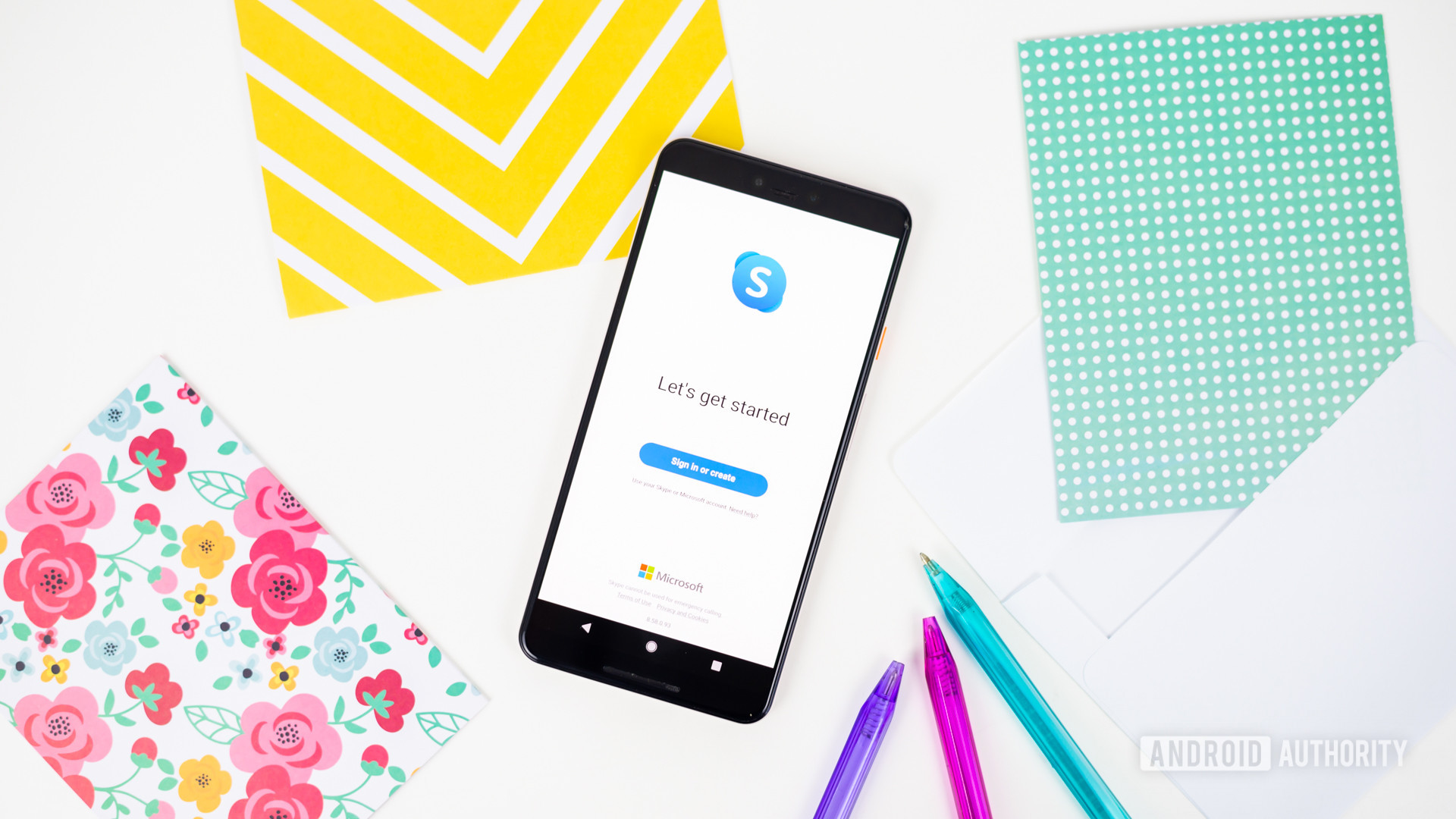
Edgar Cervantes / Android Authority
Skype has long been known to be a battery killer, and this continues to be the case to date. We can’t really pinpoint the exact reasons, but it’s a pretty heavy app that’s always trying to keep you in touch. Aside from instant messaging and video calls, you can use it for many other purposes. It works as a VOIP client, file-sharing platform, screen sharing, meeting recording, and more.
Tinder
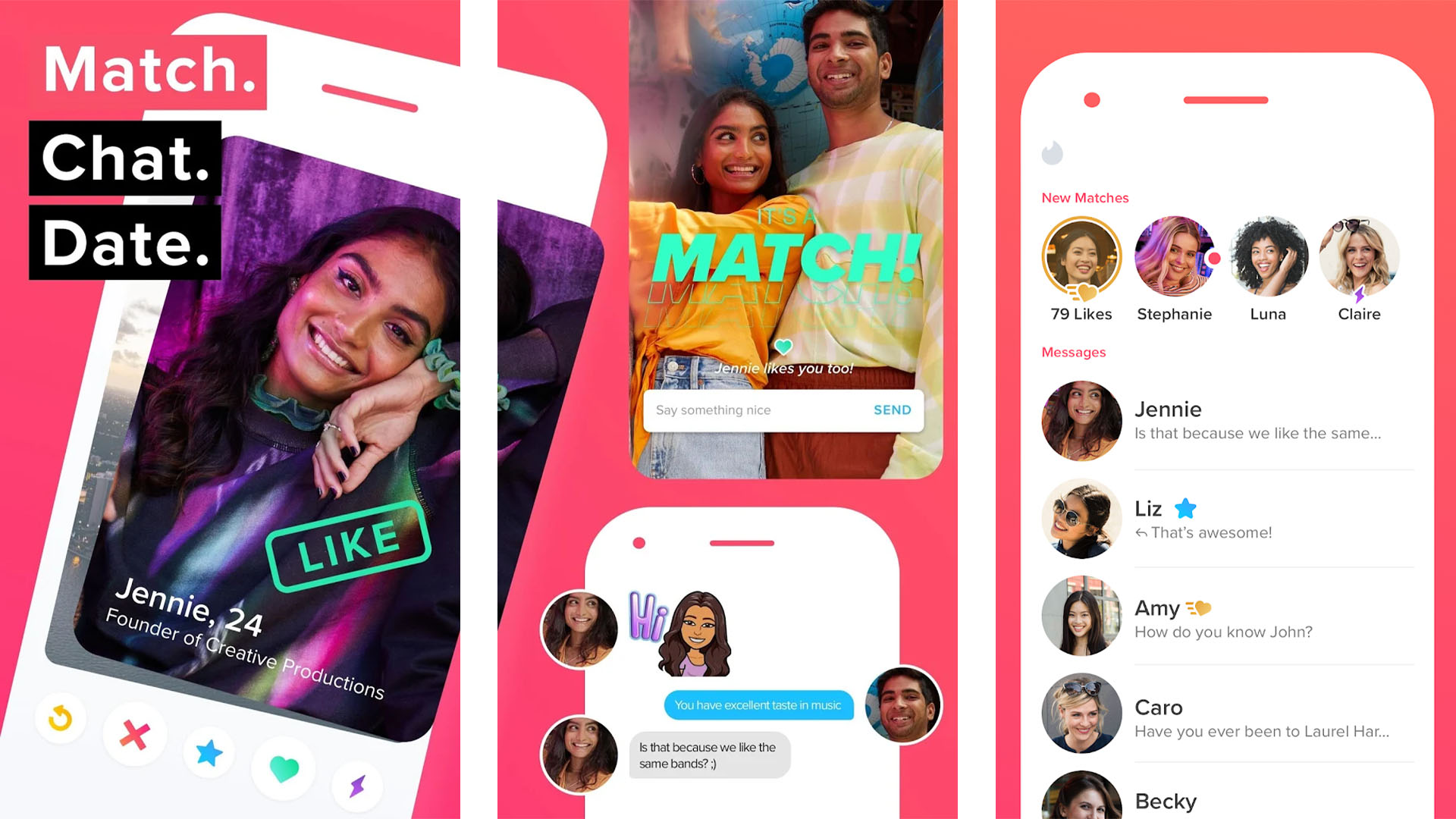
Are you trying to find a date? You better hurry, because Tinder is known for quickly killing your battery! And it makes sense. Tinder’s experience is highly dependent on location, so the application constantly tracks your whereabouts to match you with people within your vicinity. It’s also a photo and animation-heavy app, and chances are you’re swiping left and right for long periods, so the screen will eat up your battery too.
Amazon Alexa
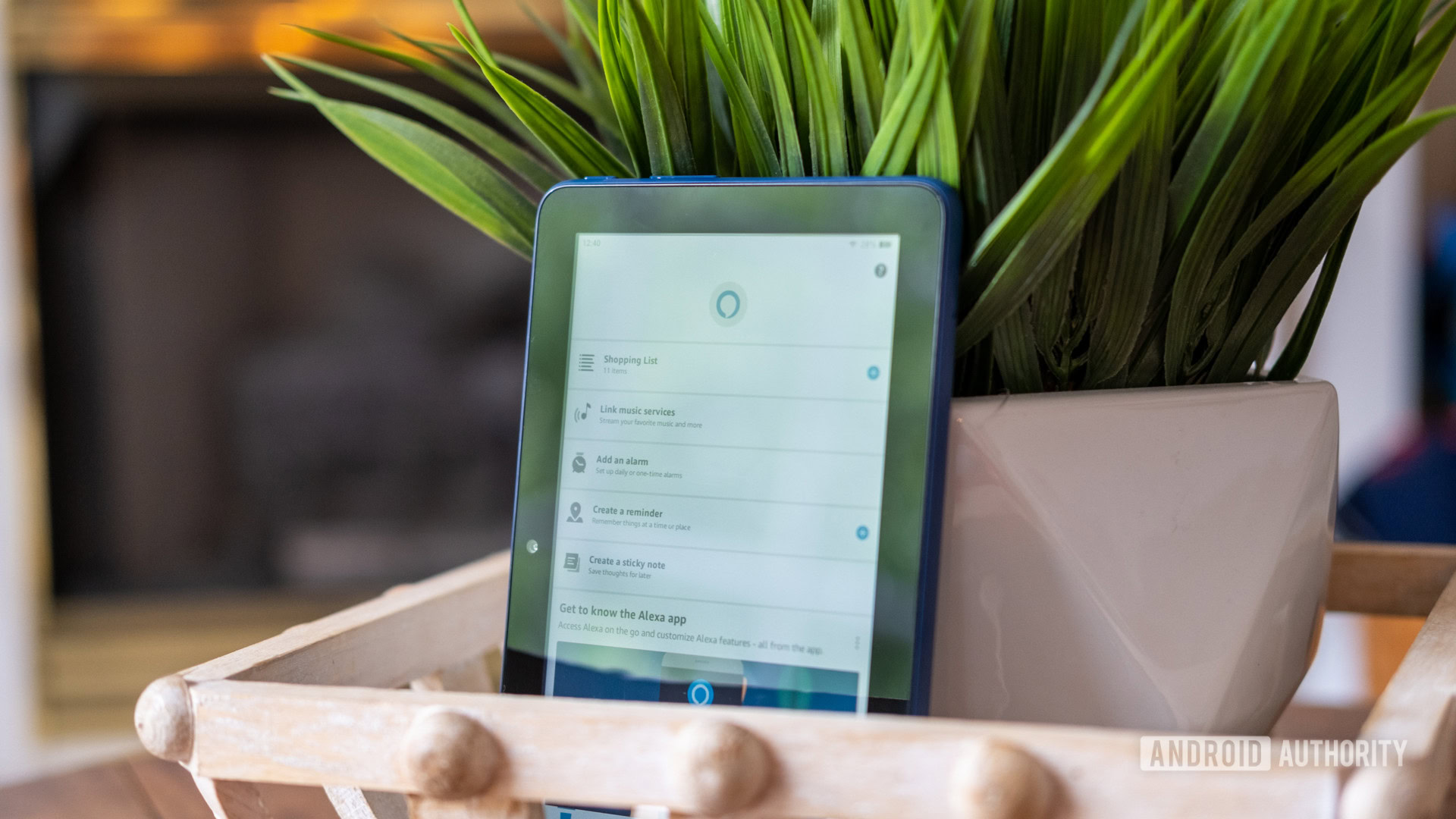
Ryan Haines / Android Authority
Alexa continues to be one of the most popular digital assistants around. The service works amazingly, is compatible with a bevy of smart home products, can be easily customized, and most Amazon products are very affordable. There’s a price to pay if you’re using the mobile Amazon Alexa app, though. The Amazon Alexa app is very aggressive on your battery.
The application is always working in the background, figuring out all your automation, and constantly listening for the “Alexa” hotword (if you have the feature enabled). Because of Alexa’s complexity and ample feature set, the app requires a lot of updating and data. It needs to know your location, for starters. It also constantly connects with your smart speakers, smart displays, smart home products, music services, alarms, reminders, skills, routines, and more.
Uber

Uber
Thankfully, we’re not using this app all the time (unless you’re a driver), but Uber is among the top battery-draining apps around. It’s for obvious reasons, though. The application constantly tracks your location, shares it with family members (if you set that up), collects information, and more.
Tips for keeping these apps in check and improving battery life
There are plenty of reasons why these apps are sucking up so much battery juice. While it’s hard to pinpoint the culprits and find a solution for every single one, we can give you some general tips that should keep these apps in check. Let’s go over them.
Editor’s note: These steps were put together using a Google Pixel 4a with 5G running Android 13. Remember, some steps may differ depending on your hardware and software.
Turn off location services when not needed
As you can see, most of the apps that drain your battery have access to your location. GPS and other location technology uses a lot of resources, so simply turning off location services will do the trick. We know you may need this feature at times, but you can easily turn it on and off as needed, to save battery when you don’t care to share your location.
How to turn off Location services:
- Open the Settings app.
- Go into Location.
- Toggle off Use location.
Disable unnecessary permissions
Sometimes we allow permissions for the sake of convenience, but are we taking advantage of the features these permissions provide? Maybe not! You can always look through an app’s permissions and see if you’ve allowed the app to use something you don’t care for. This will save some battery in the long run. For example, if you’ve allowed Facebook Messenger to use your microphone, but you feel like you never use your microphone using the app, you’re free to disable access to it.
How to remove app permissions:
- Open the Settings app.
- Go into Apps.
- Select See all apps.
- Find the app you want to remove permissions from.
- Tap on Permissions.
- Where it says “Allowed,” go through each permission.
- Tap on the permissions you want to remove.
- Select Don’t allow.
Turn off notifications
Some notifications are important, but others aren’t. You don’t need to let apps show you all the notifications they want! You can micromanage which types of notifications you wish to see, or if you want to turn them off completely.
How to turn off app notifications:
- Open the Settings app.
- Go into Apps.
- Select See all apps.
- Hit Notifications.
- If you want to see no notifications, then toggle off All notifications.
- Alternatively, you can check the list of notification types below and turn off the ones you prefer not to see.
Uninstall the app
We know some of these apps are important, but others you might only use now and then. Let’s take Uber as an example. I use it once or twice a month, so I usually uninstall the app to ensure it’s not doing anything in the background. If I ever need the service, downloading the app takes less than a minute.
How to uninstall an app:
- Open the Settings app.
- Go into Apps.
- Select See all apps.
- Tap on the app you want to uninstall.
- Hit Uninstall.
- Confirm by hitting OK.
The usual battery-saving tips
Of course, you can also grab some recommendations from our list of the best battery-saving tips to keep your battery as full as possible. This includes dimming the screen, taking advantage of Dark Mode, and more.
Get a portable battery

Ryan Haines / Android Authority
If you can’t beat them, you need to adapt to them. Apps are becoming very powerful, which also means they’ll continue requiring more resources. And if we can’t get battery technology to evolve, we just need to have more battery power to spare. The easiest way to extend your battery capacity is to get a portable battery. We have a list of our favorite power banks here.
Next: Does Bluetooth drain battery?
FAQs
After a day’s use, go into Settings > Battery > Battery usage. You’ll see a graph with a list of the most used apps below. There will be a percentage number next to it.
Removing apps generally means background usage is reduced. It also means you will likely use your phone less. This means that, technically, it does. It won’t if you’re simply removing these apps and doing something else with your phone instead, though.
TikTok is known for being one of the most popular battery-draining apps. It’s an excellent service, but it comes at a price. Thankfully, it’s not known for being a big background data hog, though. It’s mostly a battery killer when in use.
It depends. If you’re logged out of the app, or it’s disabled, then chances are an app can’t drain your battery. An application will always work in the background if you’ve already set it up. At least a little bit.
Usually, the screen and GPS are what use the most battery in a smartphone. To help with former issue, we recommend checking out our guide to the phones with the best battery life.